Low Dose Naltrexone a ‘Game Changer’ — Pain News Network

Find a Prescriber. This prescriber directory includes information submitted to us by prescribers and is provided as a service to our visitors. LDNscience ® has not vetted the expertise or licensing status of the doctors listed, and is not responsible for any interaction between you and the listed prescribers. MedInsight ® Research Institute.
Why don't more doctors prescribe cannabis to their patients? Leafly
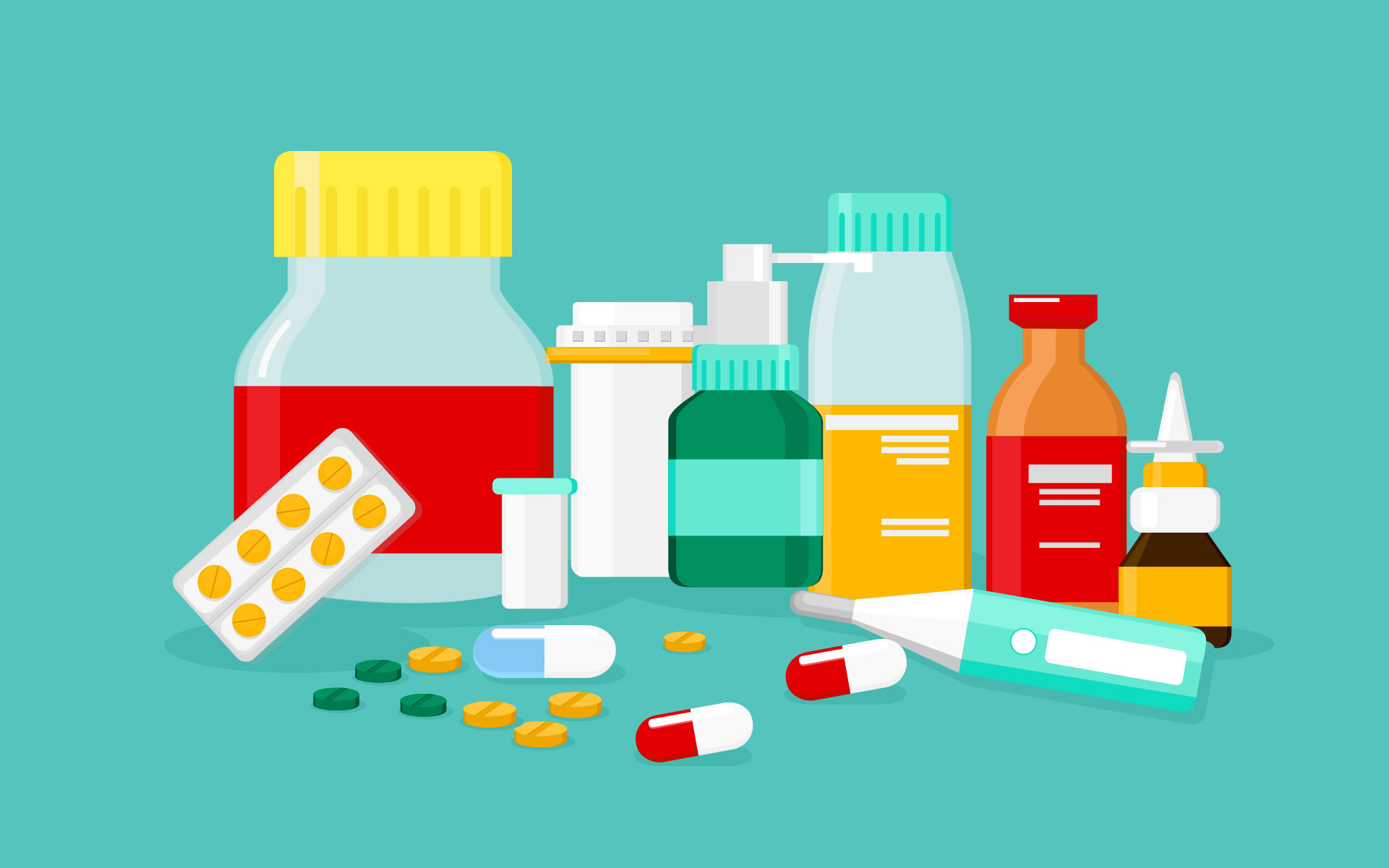
Naltrexone is a mu-opioid receptor antagonist. 5,8-10 However, it has multiple dose-dependent pharmacological dynamics with different respective effects 8,9 and can be a versatile tool to treat and manage chronic pain. At low doses, LDN reduces glial inflammatory response by antagonism of Toll-like receptor 4 in both the central and peripheral.
What new opioid laws mean for pain relief Harvard Health

Naltrexone is an opioid antagonist that was originally developed in the 1960s and approved for medical use by the FDA in the 1980s. It has been used clinically to treat opioid and alcohol addictions .More recently, low-dose naltrexone (LDN) has been promoted for off-label use as a safe and inexpensive option to treat myriad conditions including pain, inflammation, immune dysfunction.
Naltrexone for Pruritus Therapeutic Cheat Sheet Next Steps in Dermatology
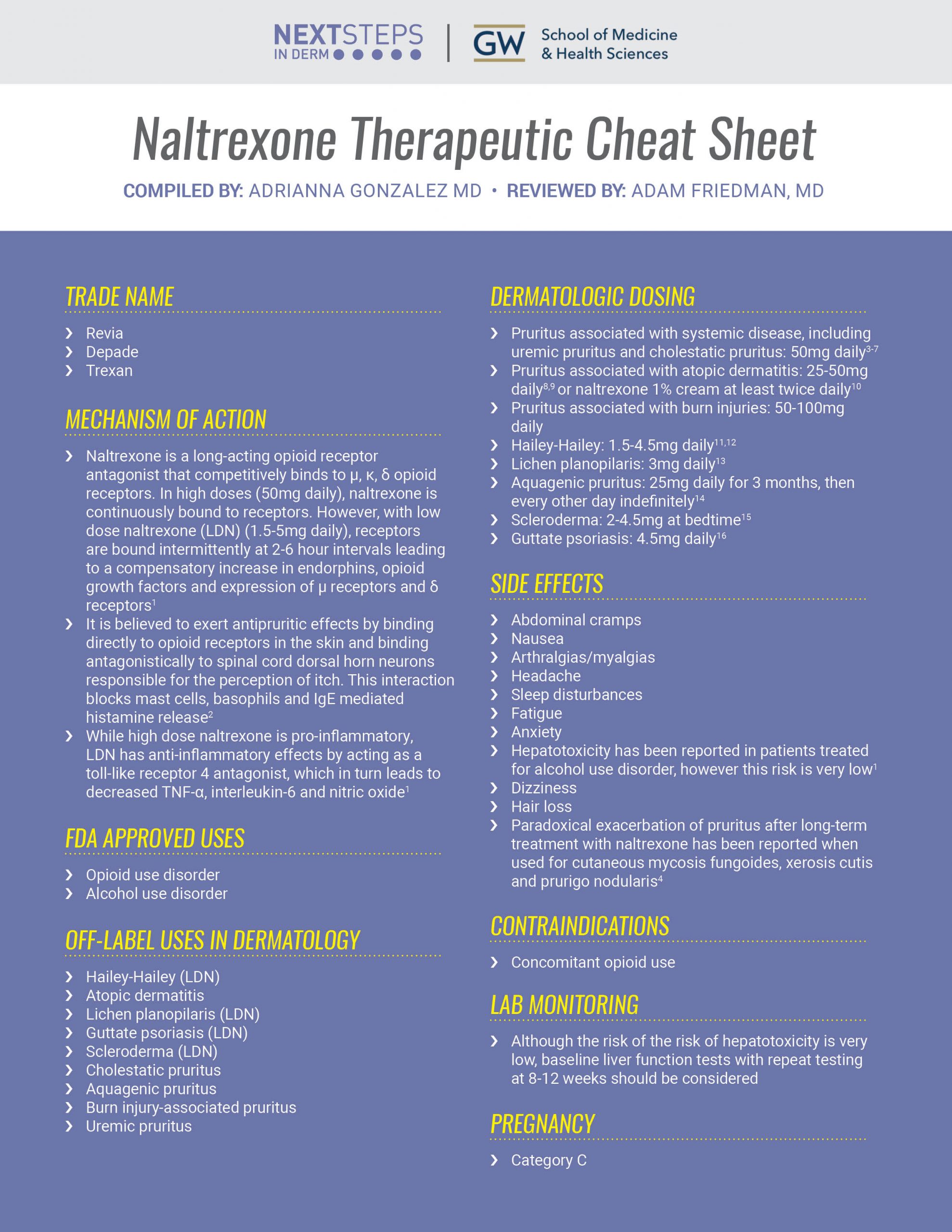
Low Dose Naltrexone is prescribed at doses between 0.5-4.5 mg, which at that low dose briefly blocks the opioid receptors for a few hours. Subsequently a rebound effect occurs, with increased.
HeyDoctor’s New Telemedicine App Allows Doctors to Prescribe LowCost Treatment Via Text
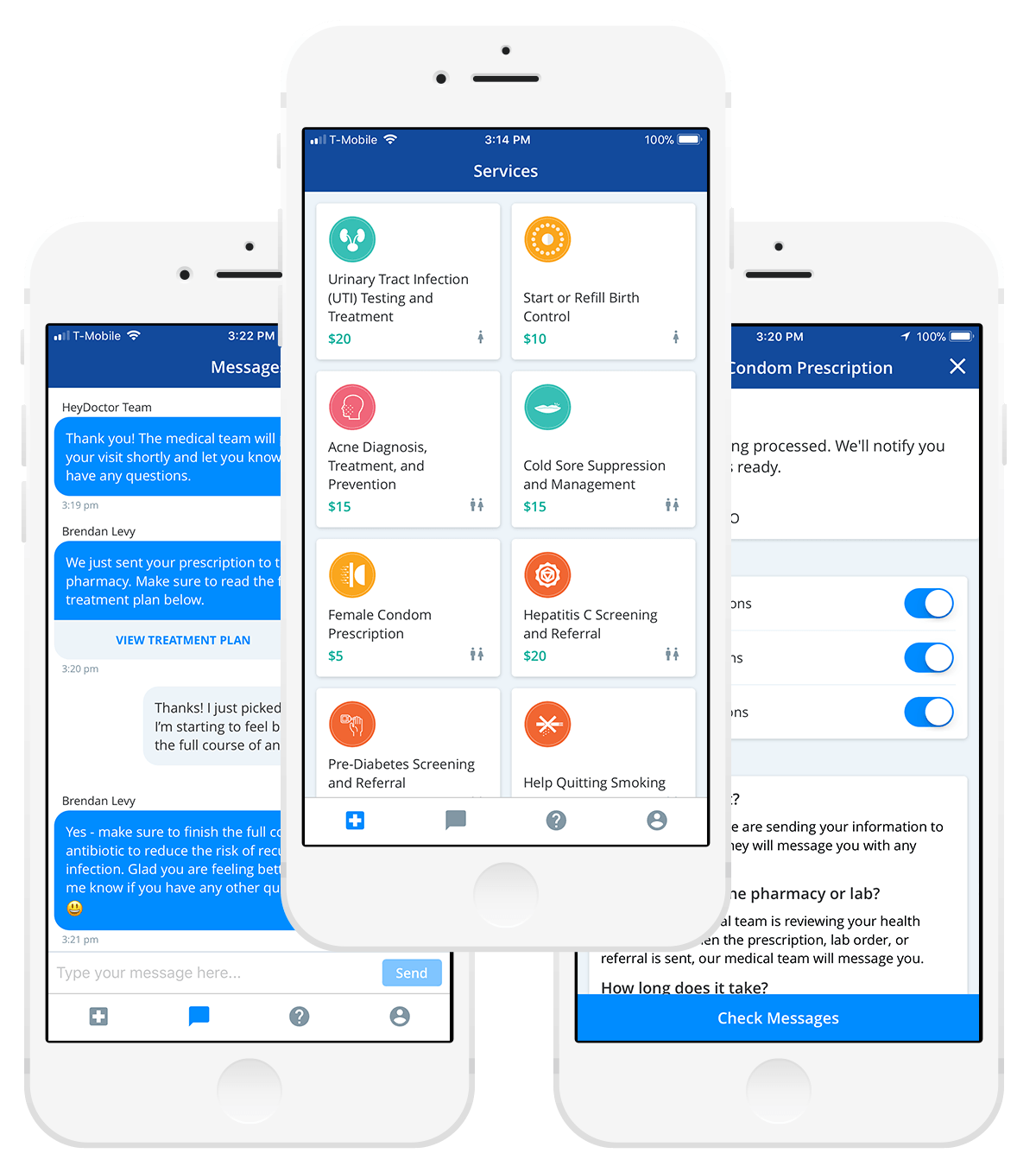
Naltrexone blocks the effects of opioid medications and opioid street drugs. You may not feel the effects of these substances if you take or use them at low or normal doses. If you take or use higher doses of opioid medications or drugs during your treatment with naltrexone, it may cause serious injury, coma (long-lasting unconscious state), or.
What is Low Dose Naltrexone A Gutsy Girl®

Low dose naltrexone means taking a dose of naltrexone that is up to one-tenth, or 10%, of the dose that is usually taken for opioid addiction. A low dose of naltrexone is approximately 4.5mg of naltrexone a day compared with the usual dosage of naltrexone for opioid addiction which is 50mg to 100mg a day. Continue reading
Low Dose Naltrexone in Greenwich The Healthy Choice Compounding Pharmacy

What Is Naltrexone? Intramuscular extended release naltrexone is a medication approved by the Food and Drug Administration (FDA) to treat both opioid use disorder (OUD) and alcohol use disorder (AUD).Naltrexone can be prescribed and administered by any practitioner licensed to prescribe medications and is available in a pill form for AUD or as an extended-release intramuscular injectable for.
Wie schreibe ich ein Rezept 7 Schritte zur Sicherheit Auber sans la peur
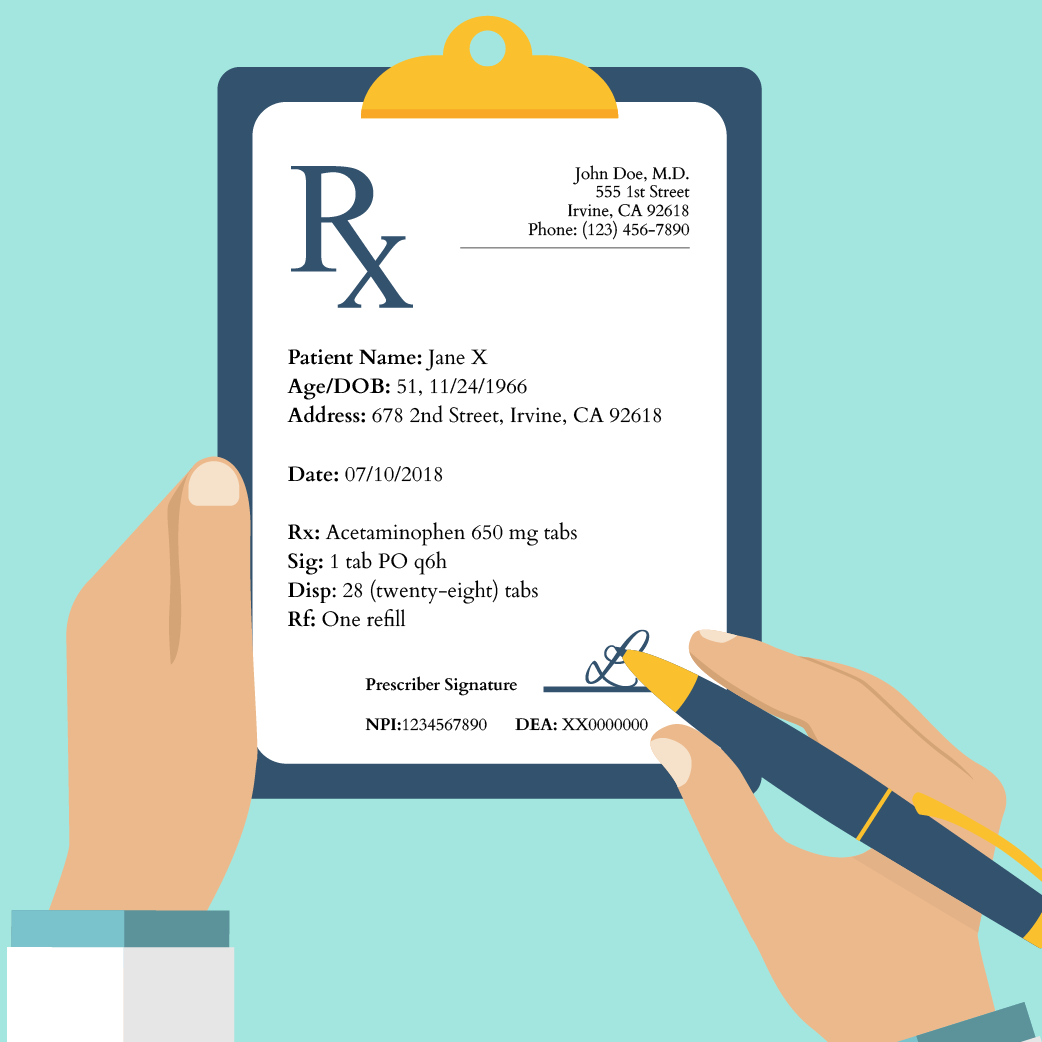
Naltrexone is used to help narcotic dependents who have stopped taking narcotics to stay drug-free. It is also used to help alcoholics stay alcohol-free. The medicine is not a cure for addiction. It is used as part of an overall program that may include counseling, attending support group meetings, and other treatment recommended by your doctor.
Managing procedural pain in a patient taking naltrexone MDedge Psychiatry
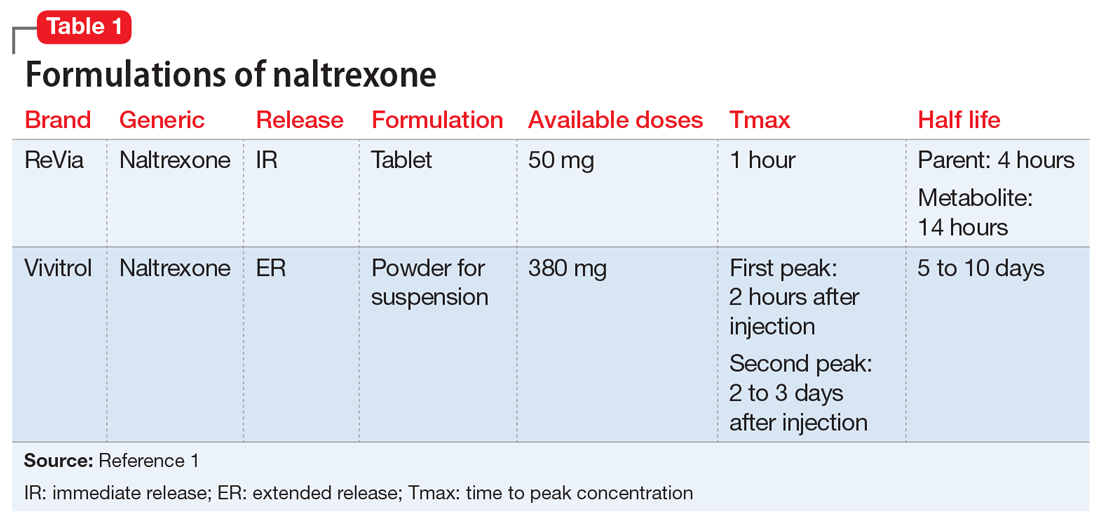
Podcast: How to Treat Chronic Pain Using Low Dose Naltrexone (LDN) August 24, 2020. In this episode of Back to Health , Neel Mehta M.D discusses low dose naltrexone (LDN). He shares the benefits of LDN and how the drug can help patients manage chronic pain and autoimmune diseases. Listen to episode here.
Prescribing LowDose Naltrexone for Skin Disease Next Steps in Dermatology
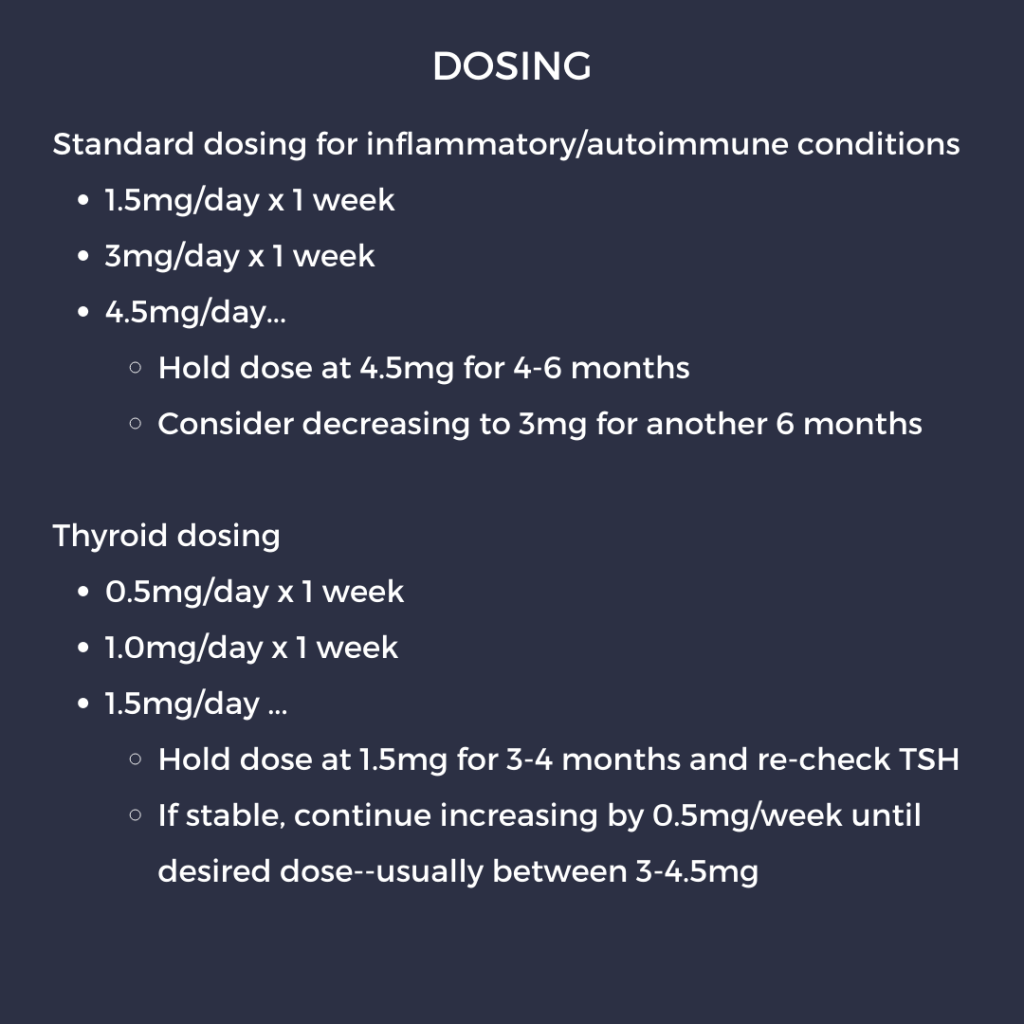
Side Effects of Low-Dose Naltrexone. While LDN appears to be well-tolerated, known side effects of naltrexone include dizziness, headache, difficulty sleeping ( insomnia ), vivid dreams, nausea, vomiting, decreased appetite, joint pain, muscle cramps, tooth pain, and anxiety.
What is Low Dose Naltrexone A Gutsy Girl®

Research from the last decade shows low-dose naltrexone is helpful in managing pain from chronic conditions. A 2014 study published in the Clinical Rheumatology journal, for example, found that in patients with fibromyalgia (FM), low-dose naltrexone has anti-inflammatory markers. "Individuals with greater [erythrocyte sedimentation rate] at baseline experienced a greater drop in pain when.
Who can prescribe medical pot? NY releases list
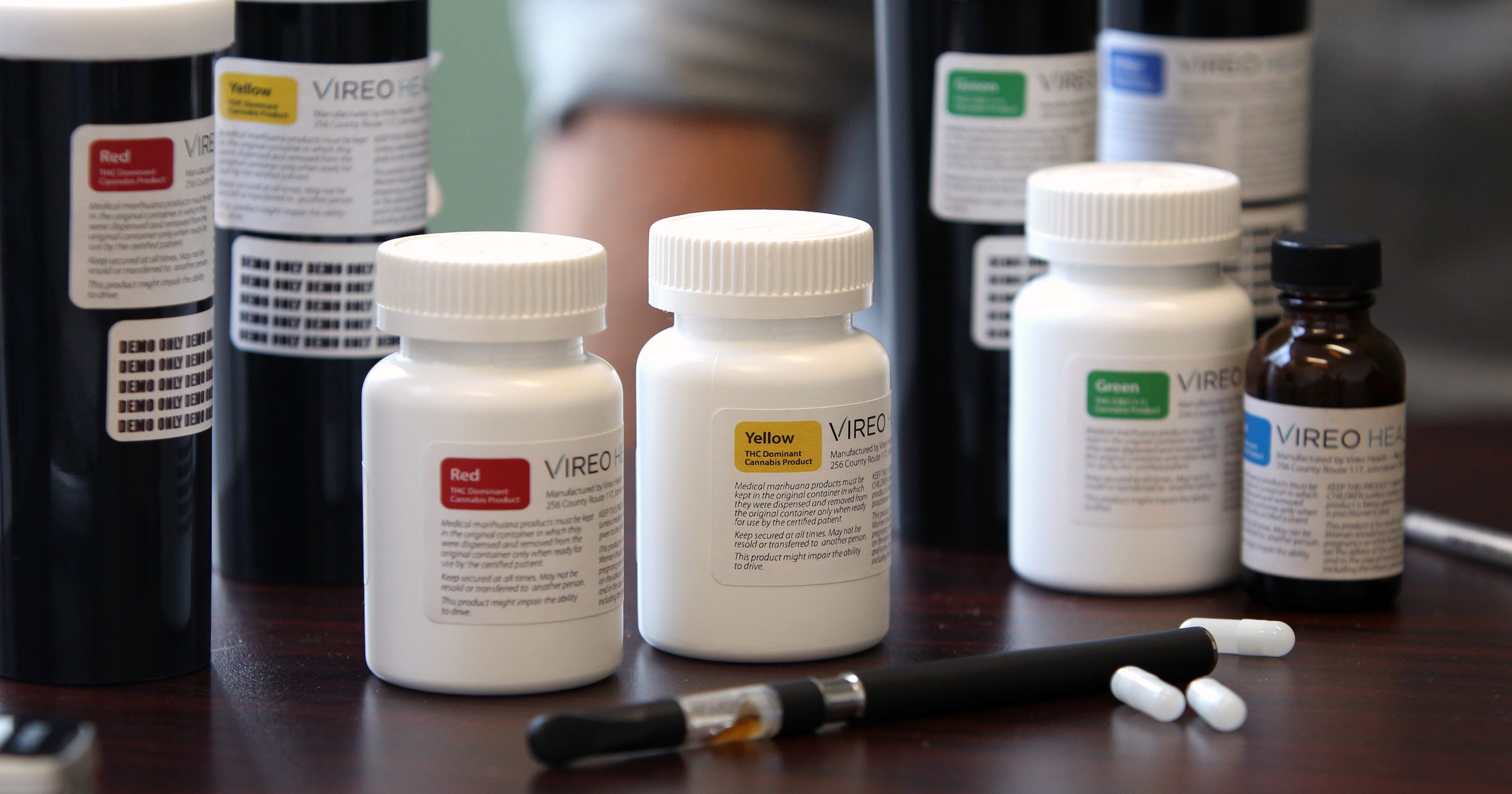
Naltrexone, commonly used for opioid and alcohol use disorders, may also help patients with chronic pain — when prescribed in microdoses. But few doctors or patients seem to know about it.
7 Técnicas simples para o Plano de Lição Texas A&M College of Veterinary Medicine Editora
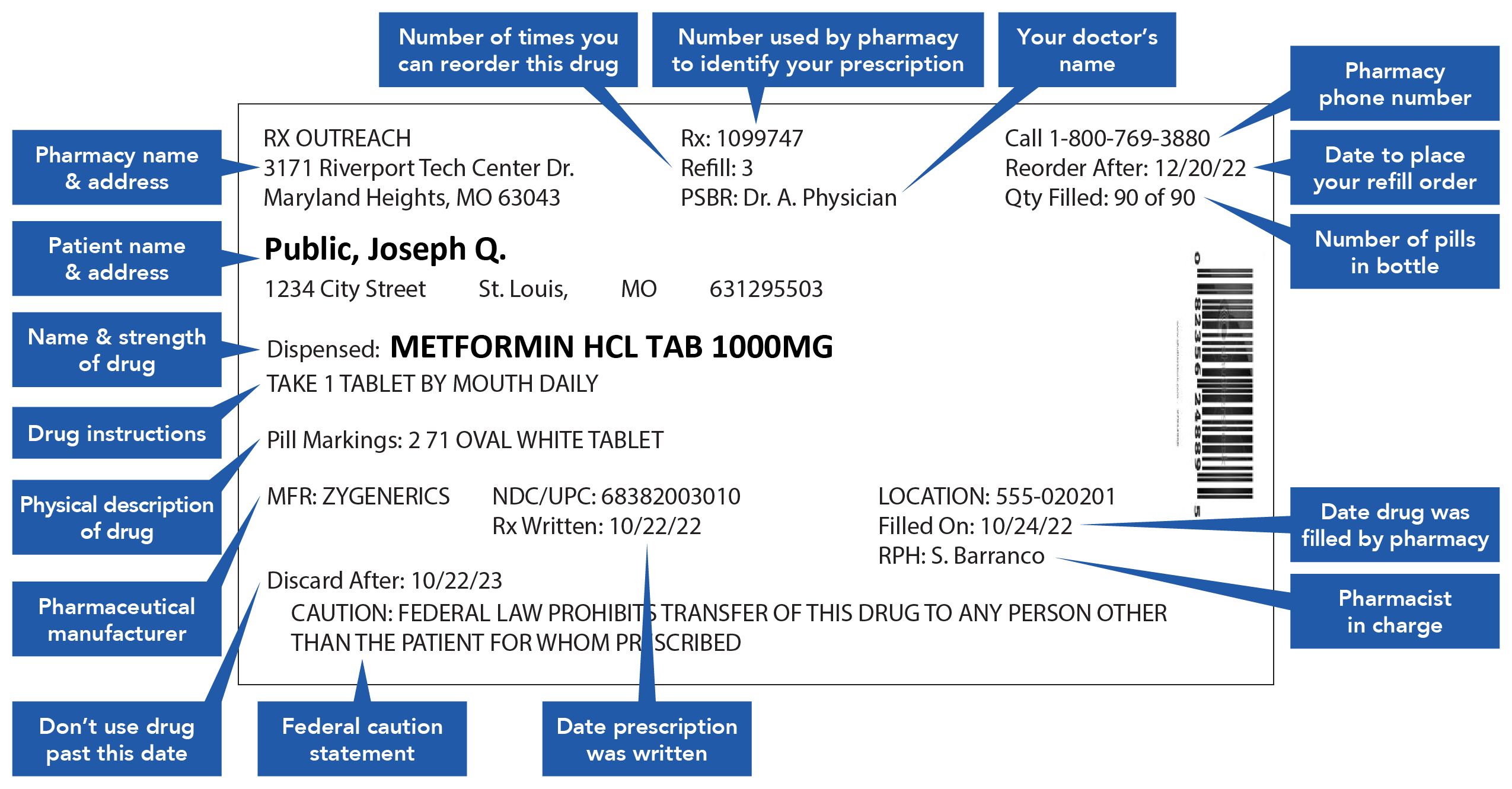
What is low dose naltrexone? Low dose naltrexone (LDN) means taking a dose of naltrexone that is up to one-tenth, or 10%, of the dose that is usually taken for opioid addiction. A low dose of naltrexone is approximately 4.5mg of naltrexone a day compared with the usual dosage of naltrexone for opioid addiction which is 50mg to 100mg a day.
Pin on Health and fitness

The FDA has not approved the use of low-dose naltrexone (1.5 to 4.5 mg), but many practitioners prescribe it for a variety of painful conditions. These include fibromyalgia, multiple sclerosis.
Lista 96+ Foto Para Que Sirve La Naltrexona En Gotas Alta Definición Completa, 2k, 4k
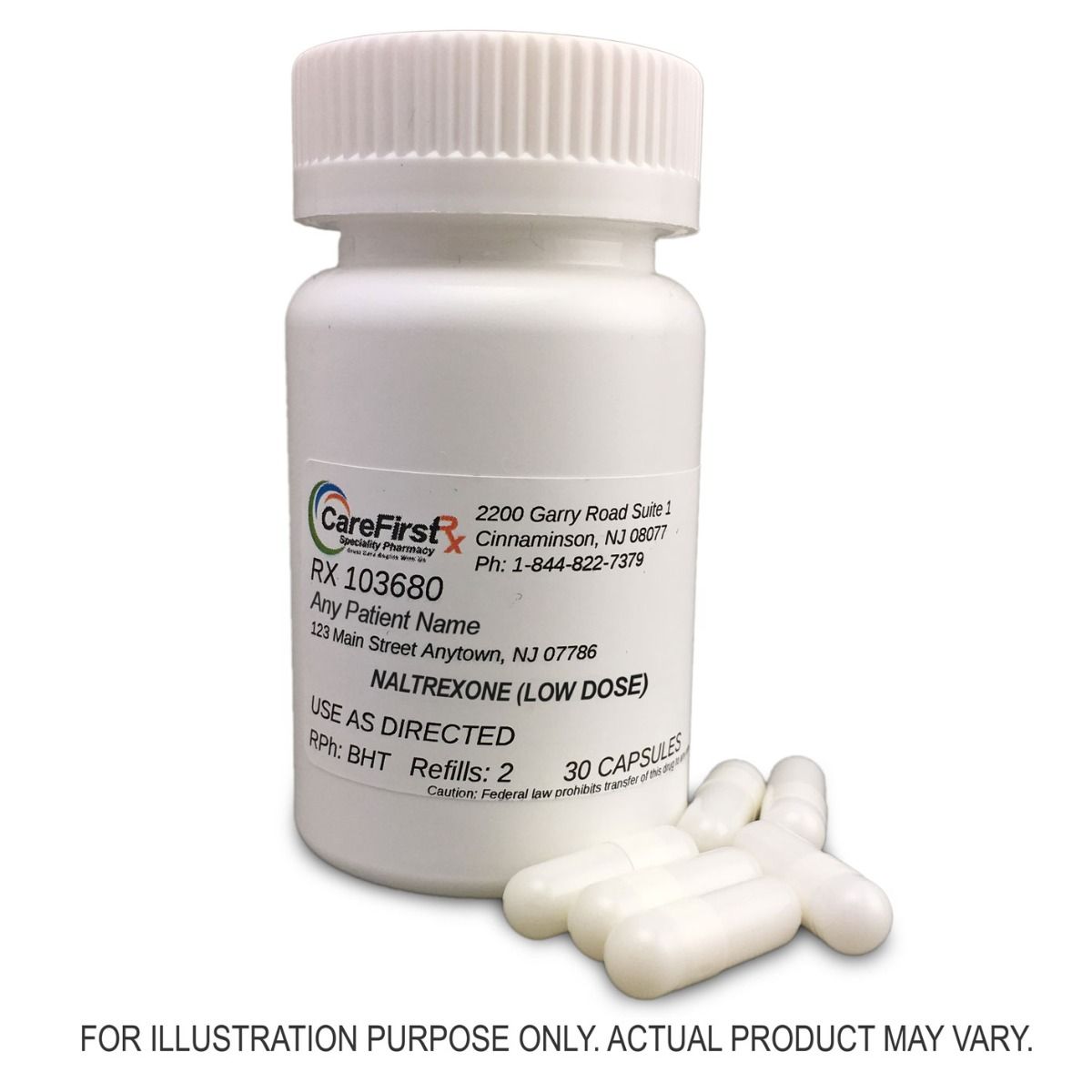
Introduction. Naltrexone is an opioid antagonist originally used to treat opioid and alcohol addiction.1, 2 Over the past two decades, low dose naltrexone (LDN—typically <5 mg/day) has gained popularity as an off‐label treatment of several autoimmune diseases.3 Some studies including a limited number of patients and with short duration of follow‐up are inconclusive on efficacy in.
Doctors will no longer prescribe medicine for 35 conditions here's the full list of ailments

Naltrexone and naloxone are classical opioid antagonists. In substantially lower than standard doses, they exert different pharmacodynamics. Low-dose naltrexone (LDN), considered in a daily dose of 1 to 5 mg, has been shown to reduce glial inflammatory response by modulating Toll-like receptor 4 signaling in addition to systemically upregulating endogenous opioid signaling by transient opioid.